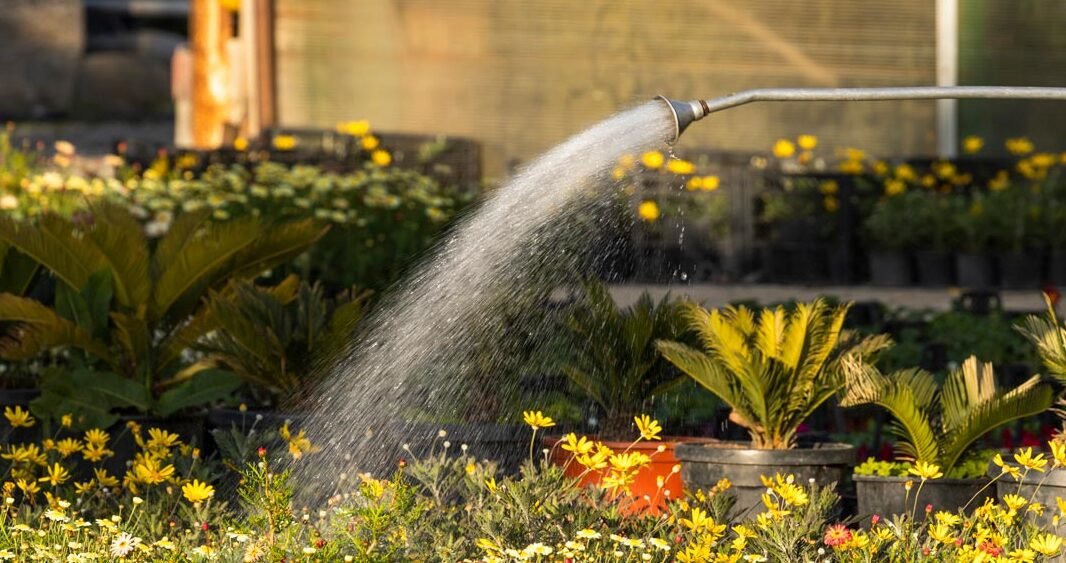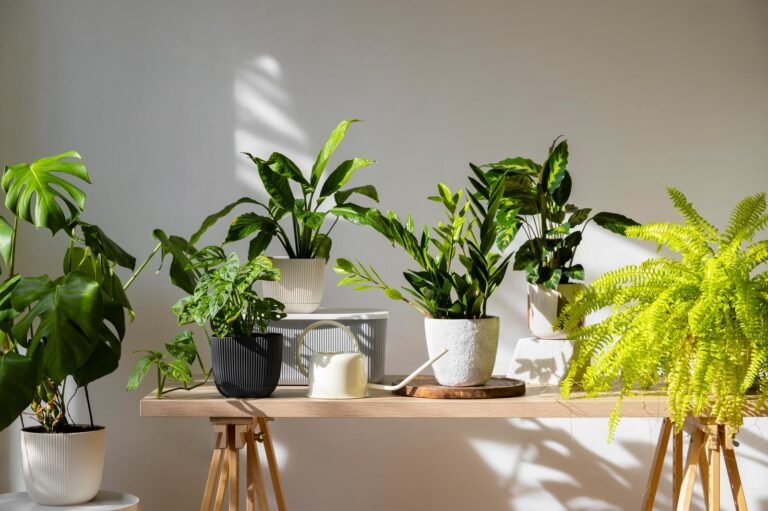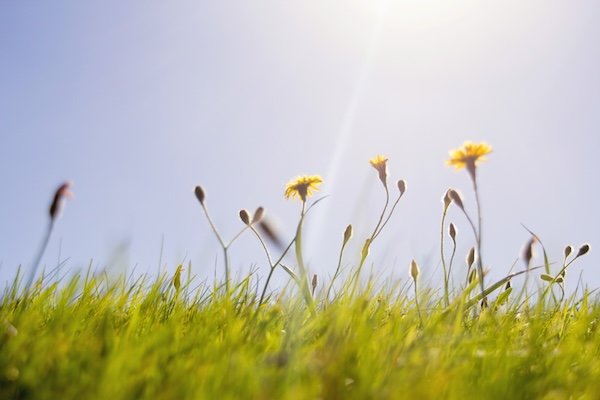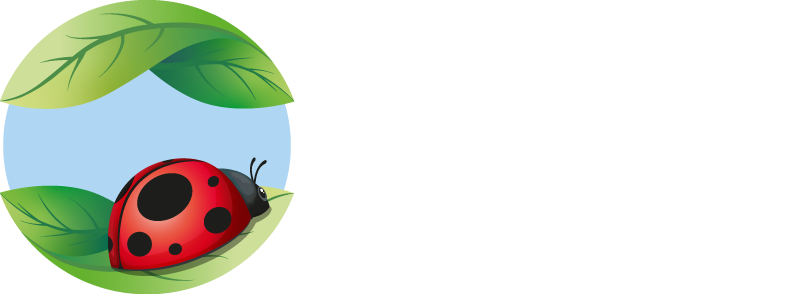In a private garden, the way we supply water to the ground is essential for scheduling respectively times and volumes. A general, very simple and intuitive rule is that we must not allow our blooms to wilt, which consists of the condition of irreversible plant whitering.
According to the size of the area we wish to dedicate to the flowerbed and the water needs of the flowers, shrubs and trees present, we can decide whether to provide a real irrigation system, which will allow us to plan and schedule the frequency of watering. Conversely, we will apply manual wetting.
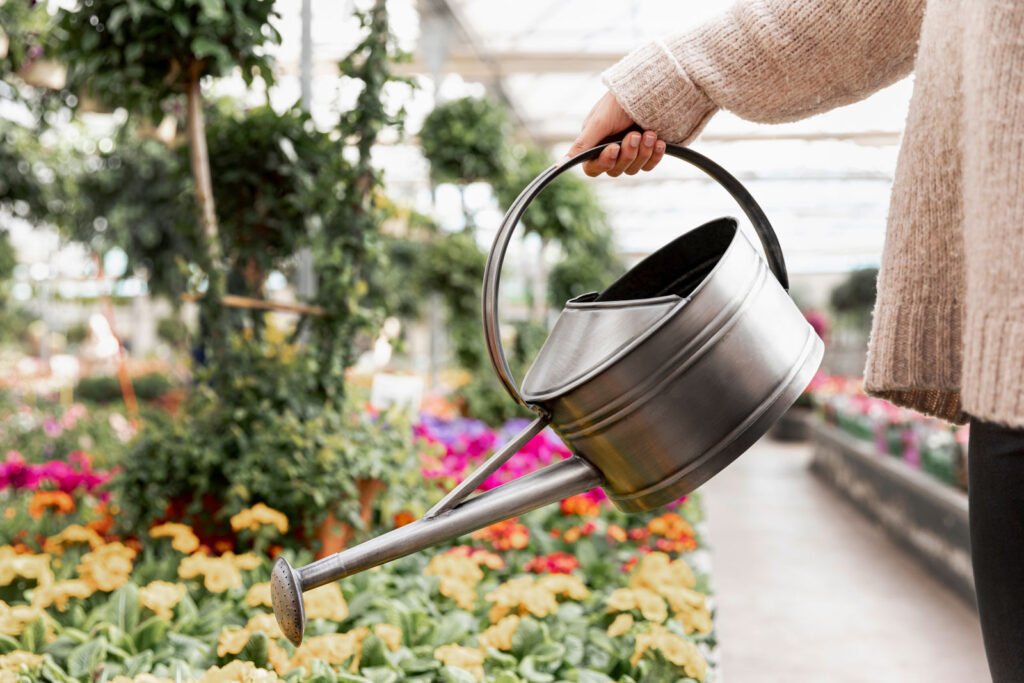
In the case of a simple irrigation system, which we can foresee in the private garden, we can adopt a drip irrigation system, which consists of a system characterized by a network of small tubes, such as for example perforated hoses, or other types of drippers, which end with a nozzle, from which water is dispensed.
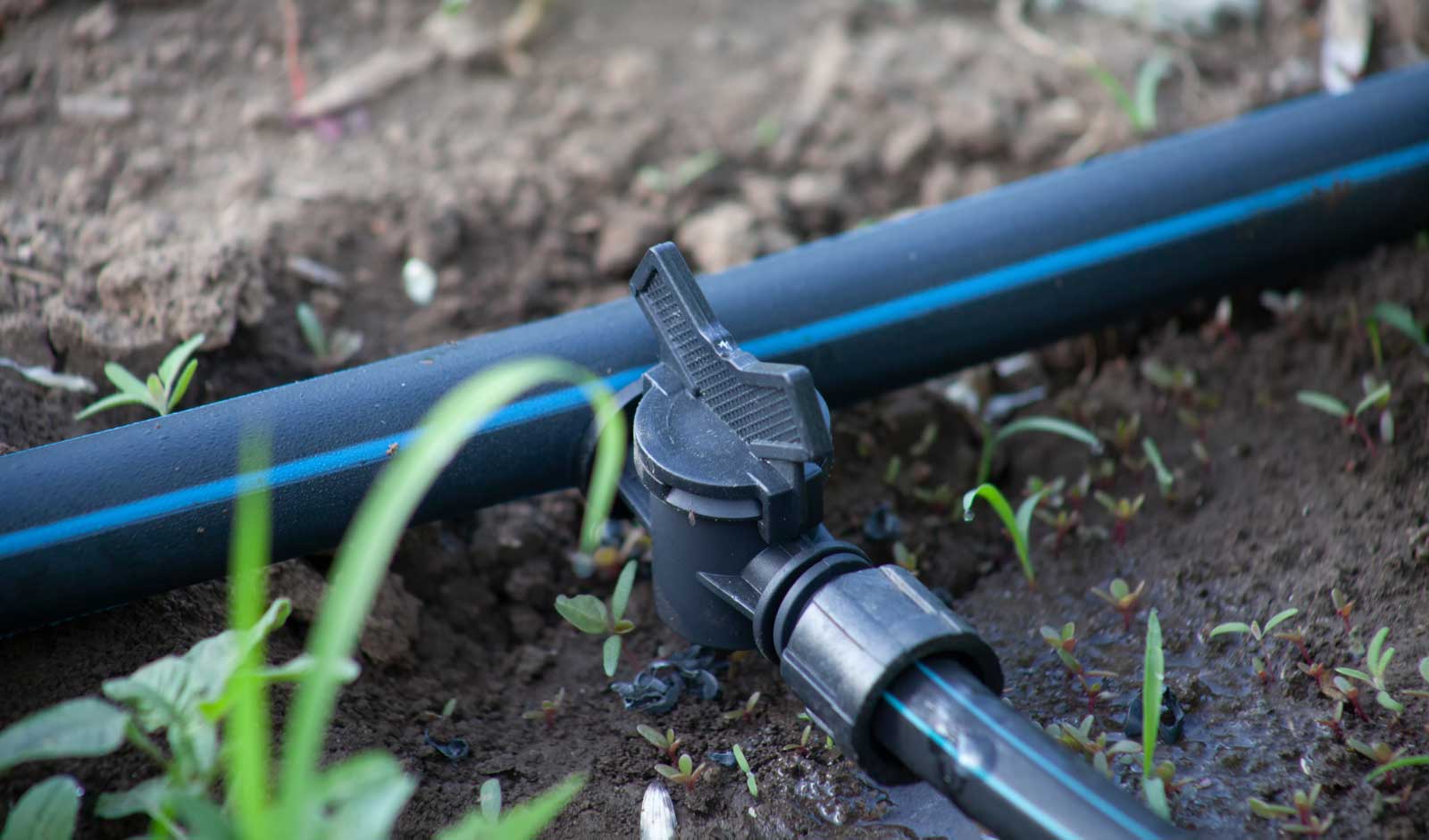
The main aspect of a localized irrigation system consists in the low flow rate of water it requires and in the possibility to “localize” the leakage of the water right at the root system, reducing evaporation, and allowing wetting even in the hottest hours of the day. These watering methods are always low flow systems, therefore requiring a low delivery pressure, in order to be able to deliver exact quantities of water localized in correspondence with the root system of our plants, which is also the place where it is fundamental to bring water.
It is possible to plan the possibility of automating the supply of water, at pre-established frequencies, or providing a rain sensor which will allow irrigation to be interrupted in the event of atmospheric precipitation and to be resumed after a certain time following the event. It can be connected to the control unit via a cable supplied.
The other system is sprinkling irrigation, widely used in lawns or turf of a large size. In this case, the water is distributed over the foliage, at pre-established or programmed intervals, in the case of systems equipped with a sensor, which is also very useful for water saving purposes.

The importance of water quality
Drinking water from the aqueduct is often used in private gardens. Depending on the location in which we are located, the chemical characteristics of the water may be more or less suitable for watering plants. The essential characteristics that we need to verify are, simplifying:
- pH value,
- soluble salts, or total conductivity, which gives us an indicative idea of all soluble ions, richness or lack of all soluble salts, and, if we want to deepen,
- concentration of carbonates, which are responsible for the deposit of limestone, much feared both in irrigation systems and on foliage.
Water pH value compatible with crops is around neutrality, preferably slightly lower, therefore values lower than 7, around 6-6.5.
If the water is not optimal we can “correct” it with fertilizations, most of which are specific for ornamental crops and generally have an acidic reaction.
Total soluble salts are expressed as electroconductiviy and quantifies as milliSiemens/cm. This value must be low, about 0.2-0.3 as maximum values. If we find higher values we should investigate the nature of these salts.
Finally, check that the presence of carbonates and bicarbonates is limited.
If we use drinking water it is enough to carry out a periodic analysis or check the characteristics of the water from the aqueduct of your city, which are generally very constant over time and controlled.
If instead we use well water or rainwater we will probably have values more suited to our flowering plants. One thing to pay attention to with well water is the temperature: we check that it is not too low, so as not to damage the crops.

